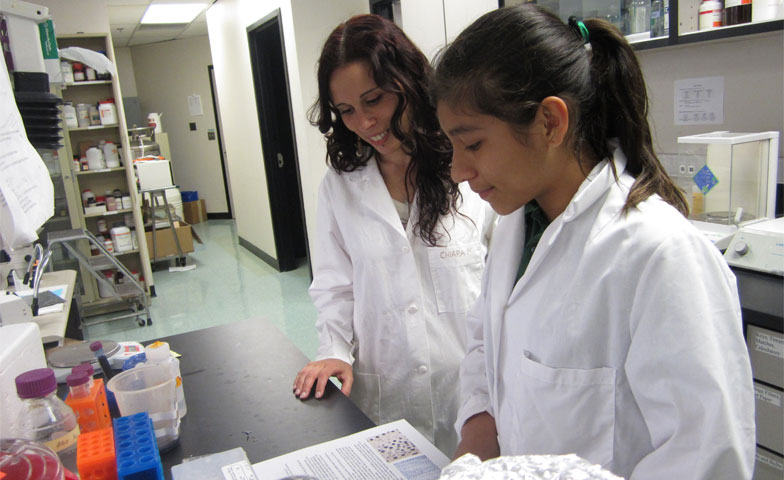The middle grades are notoriously challenging for youth. This is the period when some students can start to disengage. Gallup conducts an annual poll of students that measures, as they categorize it, their hope, well-being, and engagement.
Hope and well-being actually remain reasonably steady from fifth grade to twelfth grade. Meanwhile, engagement drops. And, two-thirds of that drop occurs in sixth, seventh, and eighth grade. Other studies have shown that by the time students reach high school as many as 60% are “chronically disengaged.”
As the CEO of a nonprofit supporting middle grades students, and as a father, my sense is that disengagement is driven by a mismatch between the teaching and learning approach, and what students need during this developmental period.
Young adolescents are in an intensified period of identity formation, so it’s important to offer classroom opportunities to tap into their self-interests. Also, as middle grades teachers know first-hand, students respond most to relationship-based experiences. However, their interactions tend to be limited to educators, family, and peers, and lack broader social capital.
When the organization Get Schooled surveyed students who were chronic absentees, the youth cited their reasons for disengaging: school is boring and they didn’t like the subjects. They also indicated what would get them more interested: hands-on activities and a better connection between what they are doing in school and their futures.
The apprenticeship approach addresses these needs directly. It is uniquely suited to tap into students’ self-interests, offer a broader set of positive relationships, and help students examine future professional options.
Apprenticeships also satisfy young people’s craving for hands-on learning and new environments, as well as the connections amongst education, future careers, and the paths to get there.

At Spark, we’re supporting middle grades teachers and administrators by delivering one-to-one mentoring in the form of workplace-based apprenticeships. This school year, we’ve partnered with 30 schools nationwide to reach students who demonstrate early warning signs of eventually dropping out of high school.
In addition to meeting with mentors, students benefit from an in-school leadership curriculum that complements workplace-based skill building and hands-on apprenticeship activities.
Ms. Adams, an educator at a Spark partner school in Chicago, explained what’s possible for their futures. “Spark is for our kids. It is much like an elevator. It does not change their location but takes them to new heights… Spark shows our kids what they can be, what they can achieve.”
Ms. Riemann, an educator at a Spark partner school in Philadelphia, noted a more immediate benefit of Spark apprenticeships. “Students were able to get into better high schools.” Indeed, 90% of Spark students enter high school on-track, compared to an average of 70% of their peers.
It’s our hope that this model becomes a standard experience embedded in middle grades education. In the meantime, implementing local expanded learning opportunities that offer project-based experiences and career exposure will help students make connections between the classroom and their futures, ultimately keeping them engaged, growing their social capital, and helping them build the skills they need to successfully navigate the critical transition to high school.
Jason Cascarino is chief executive officer of Spark, a non-profit organization that provides life-changing apprenticeships to youth in underserved communities.
